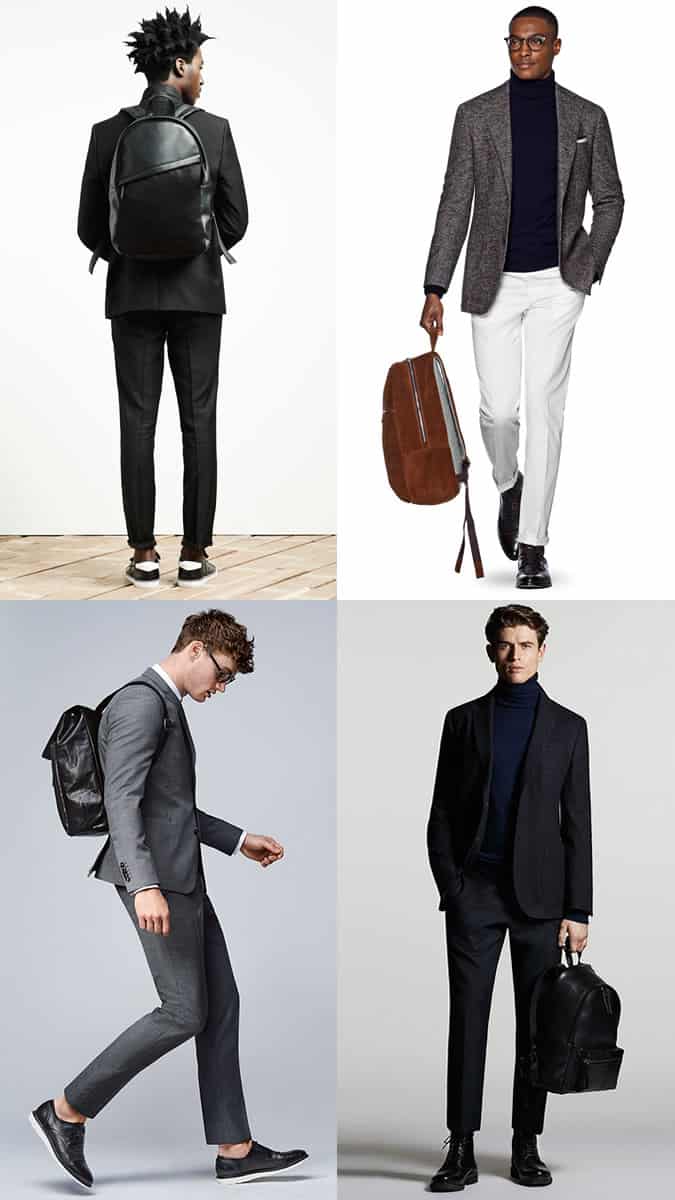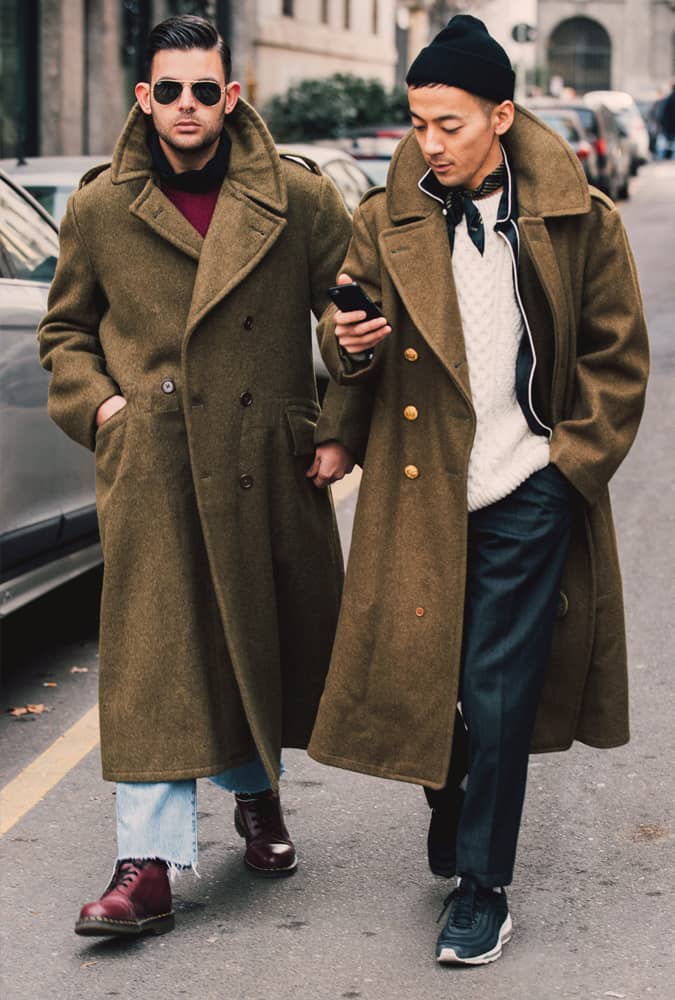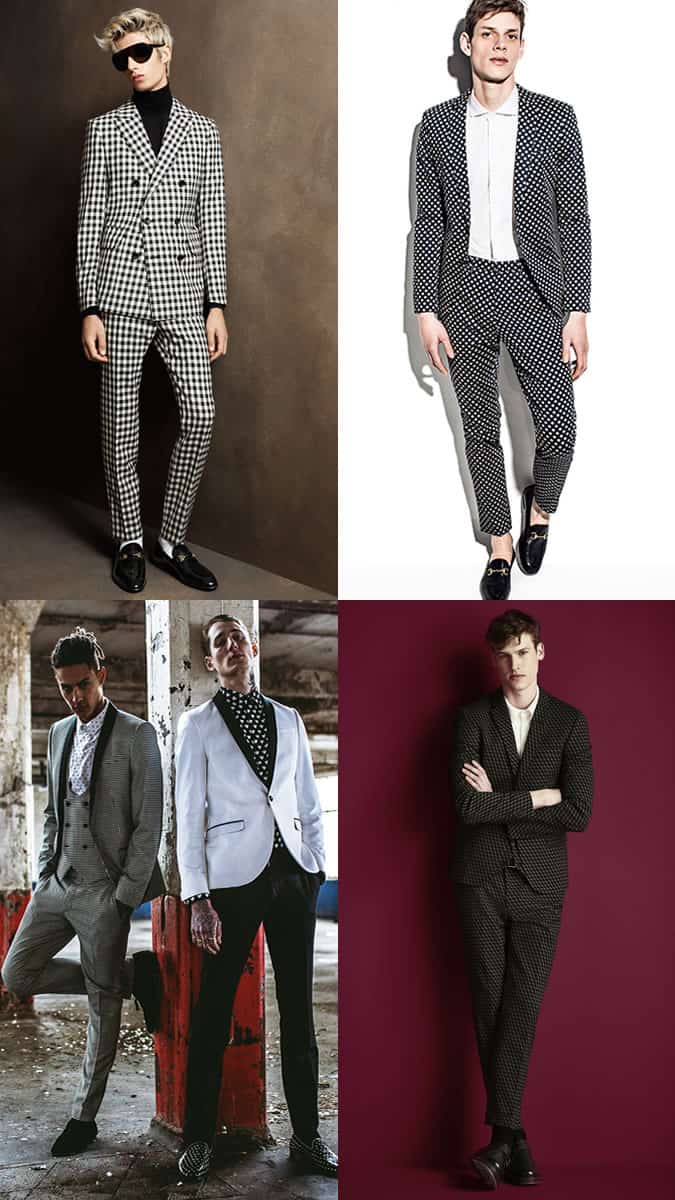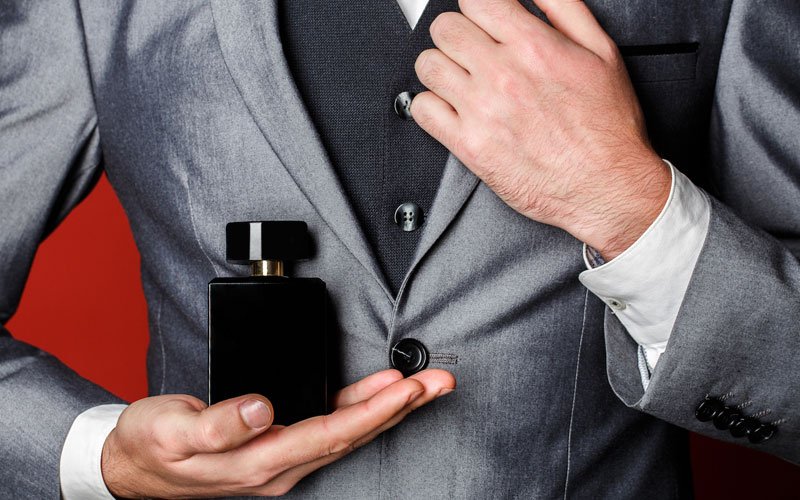How To Wear & Put On Cufflinks Correctly
When it comes to matters of the wardrobe, it’s well-known that the small details make a big difference. And as far as suits are concerned, few are smaller, or more impactful, than some of the best cufflinks.
Granted, these minuscule pieces of menswear have come in for a bum wrap in recent years, having suffered years of abuse at the hands (wrists?) of garish hedge fund managers. But deployed correctly, they are one of the most criminally underrated weapons in any man’s sartorial arsenal.
Aside from preventing you from rocking up at a formal event with sleeves billowing like Gandalf, they also allow for a much-welcomed dash of personality.
Rather than an afterthought, cufflinks should be looked upon as a valuable styling tool. Think about it, where else in the male wardrobe will you find a piece of jewellery that is both functional and decorative in equal measures? The answer, unless you’ve taken to wearing a nice sparkly tiara to keep your hair in place during football practice, is never.
So, with that very much in mind, here is all the knowledge you need to get the most out of one of menswear’s most overlooked accessories.
What Are Cufflinks?
While most shirts that guys wear to work on a daily basis feature a one-button barrel cuff that’s fastened by buttons, those with double (i.e. French) cuffs and dress shirts worn to formal and black tie events require cufflinks.
These small decorative items, usually made from a silver or gold-toned metal, act in place of the buttons, securing the sleeve ends together and making sure that the cuffs fit snug around the wrists.
Their origin can be traced back to the beginning of the sixteenth century. At the time, the only thing keeping cuffs from flapping about were small lengths of string that were used to tie the sleeve ends in place.
By the time French King Louis XIV took to the throne in 1643, these crude cuff fasteners were on the out, and in came decorative glass versions joined together by a small chain. In the years that followed, production techniques evolved and men took to wearing more extravagant jewelled styles as a way to show their status. In other words, they were the tacky hedge fund managers of their time.























